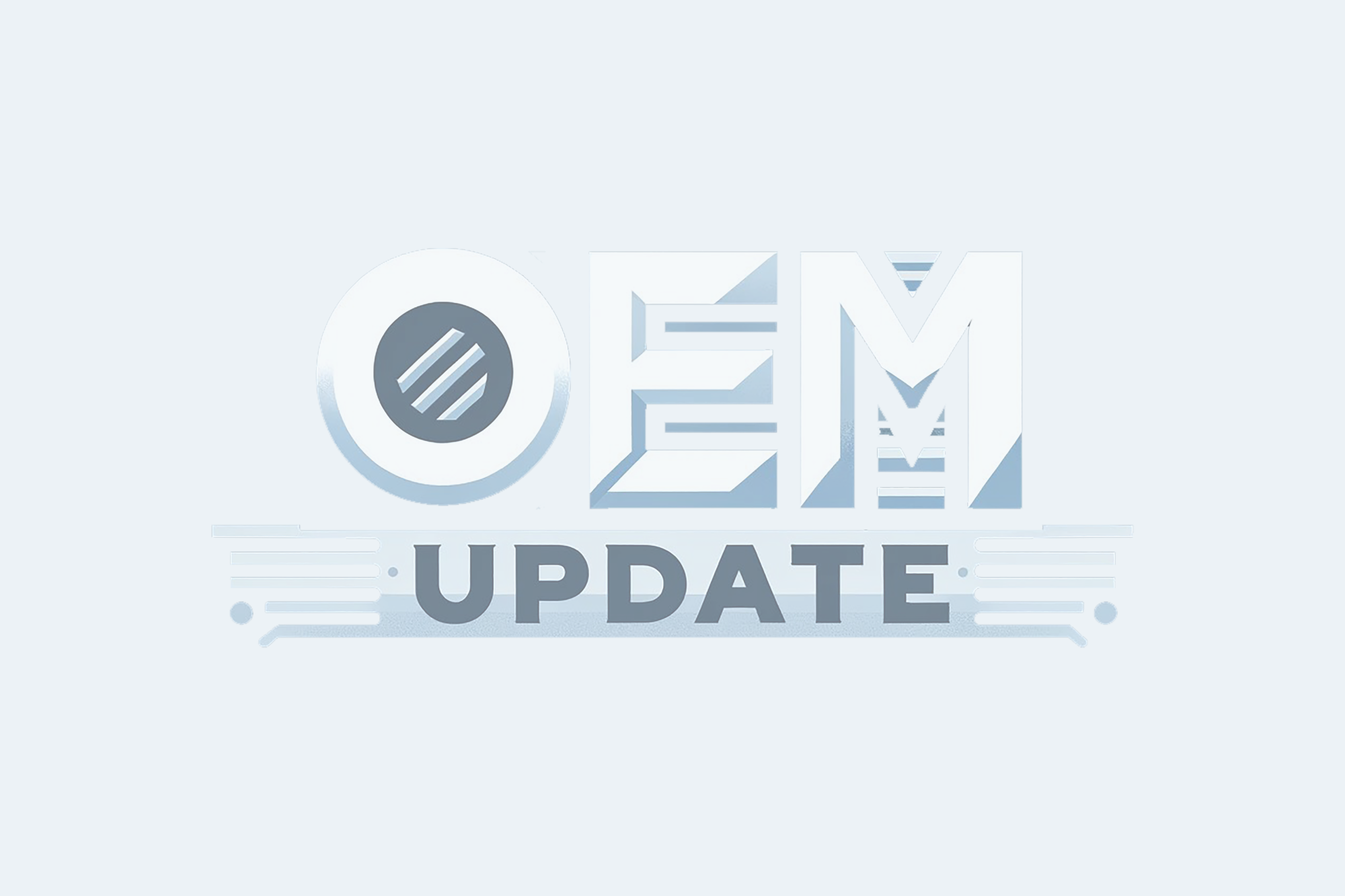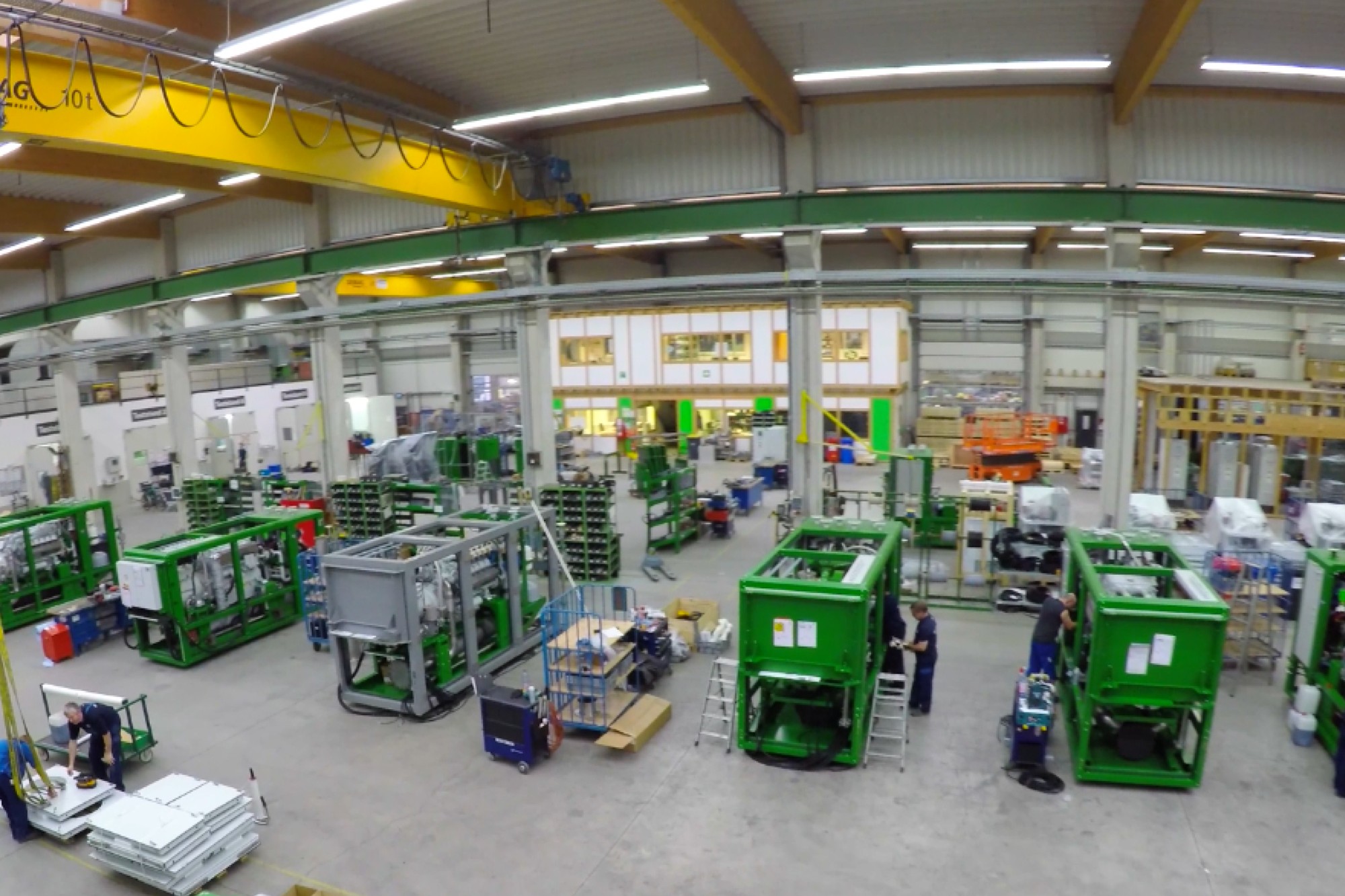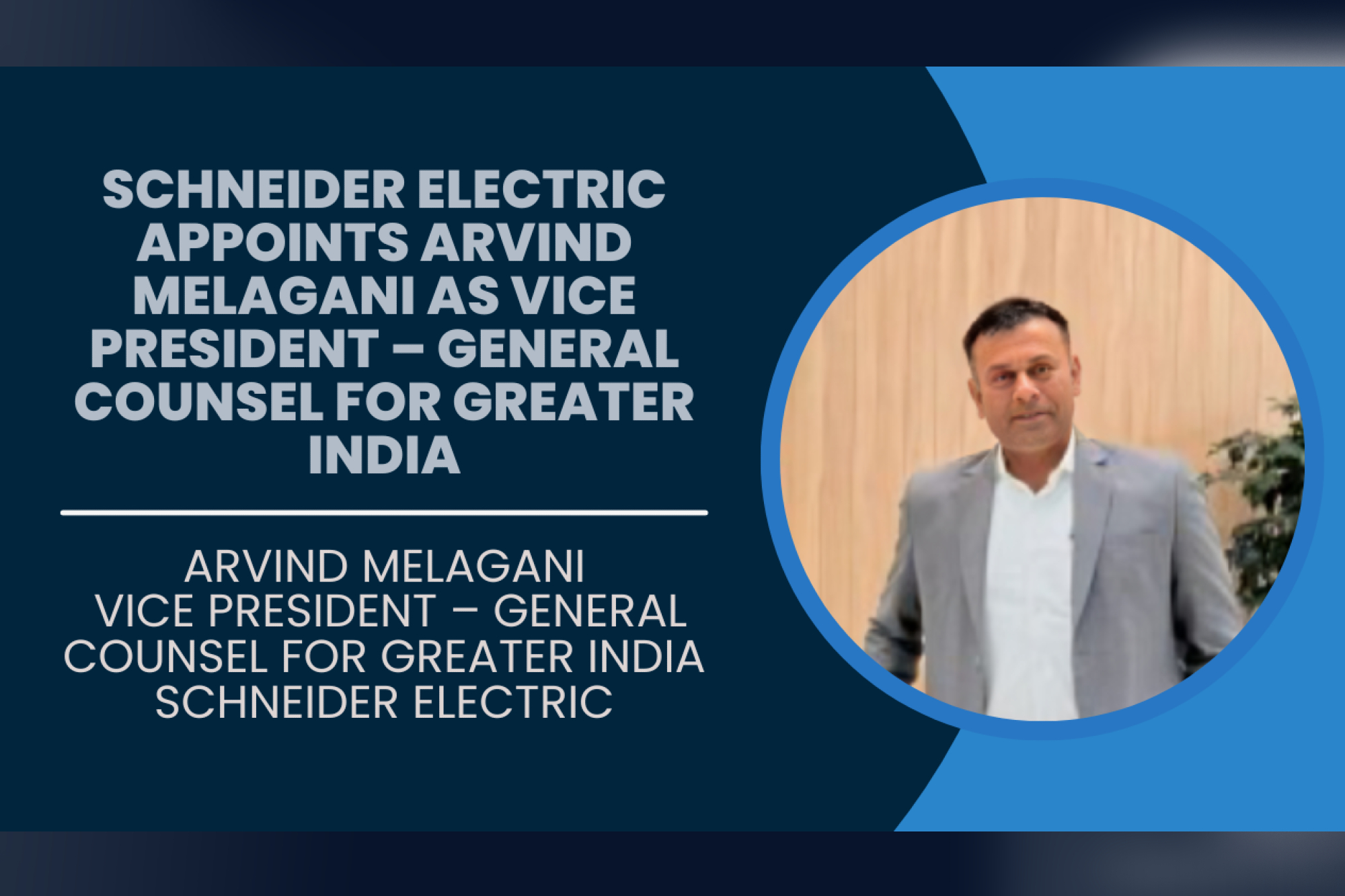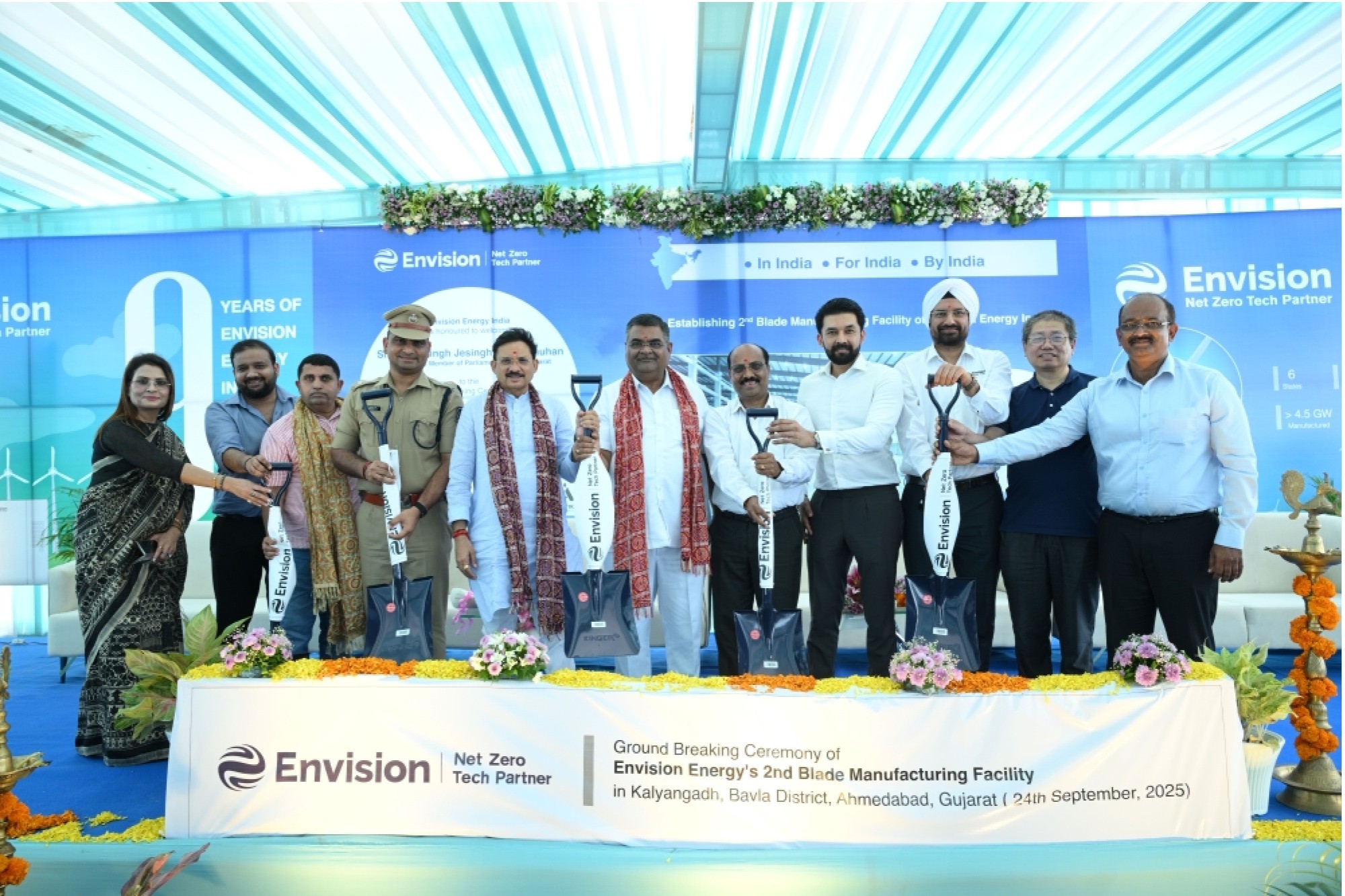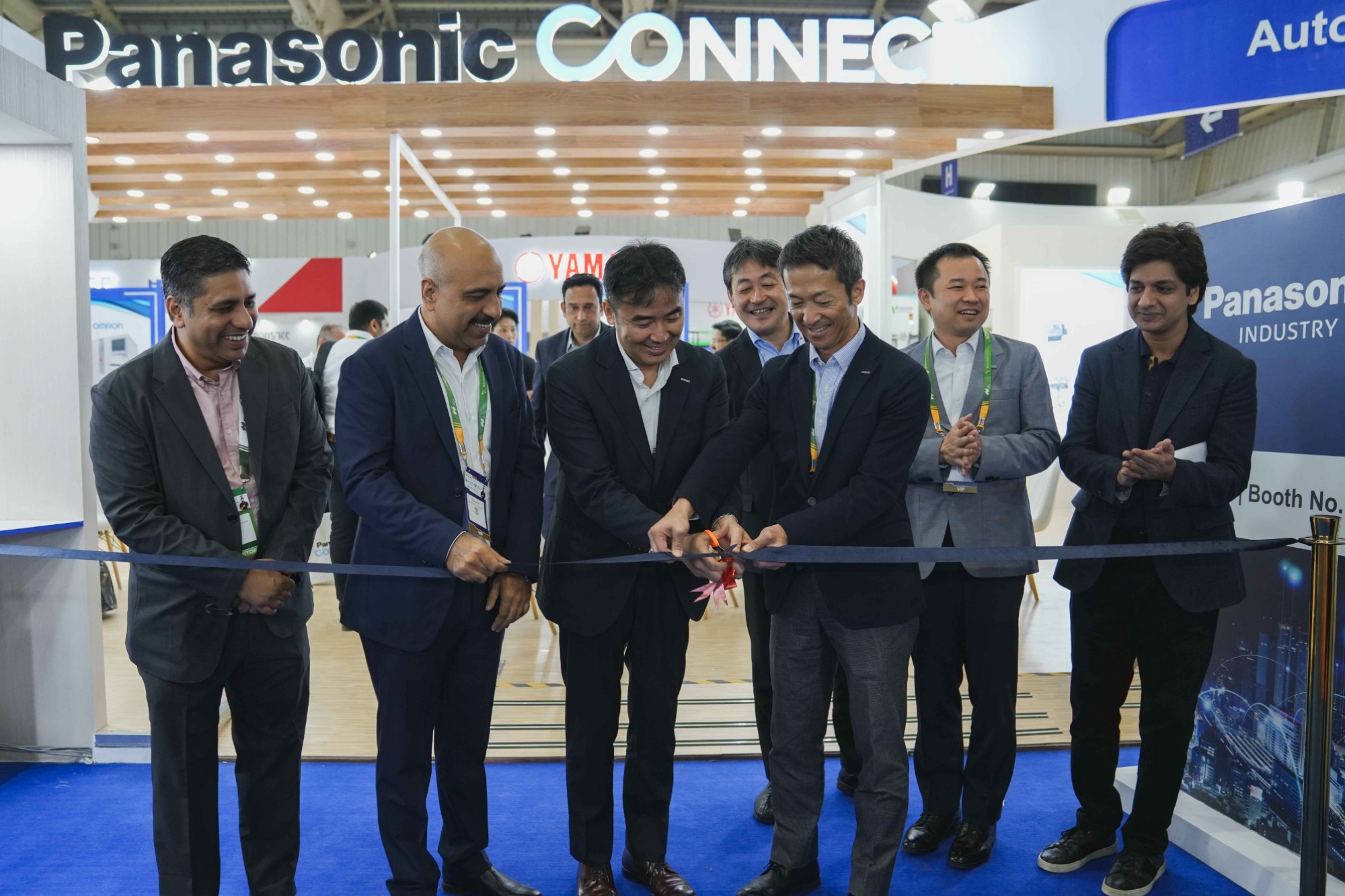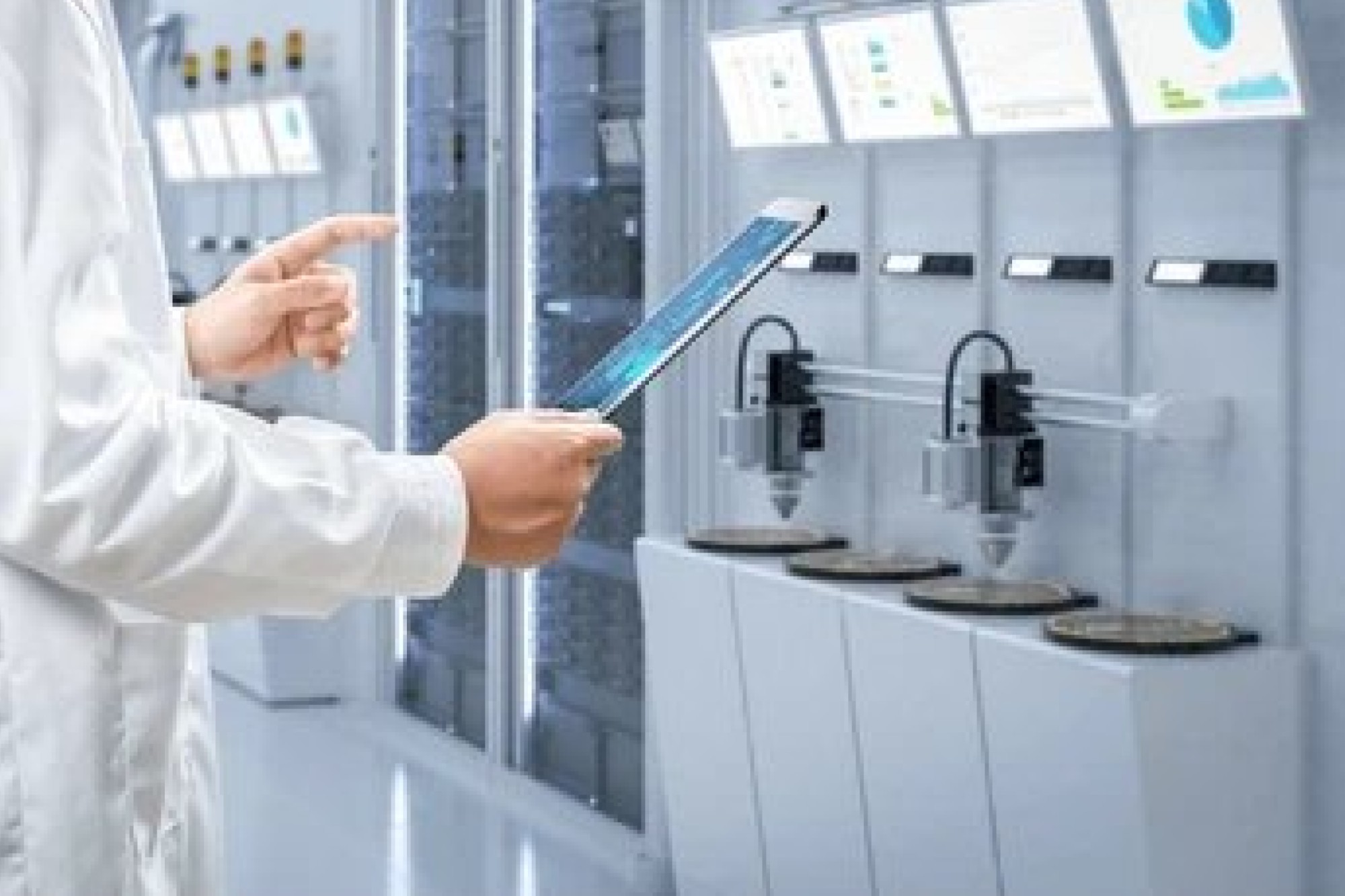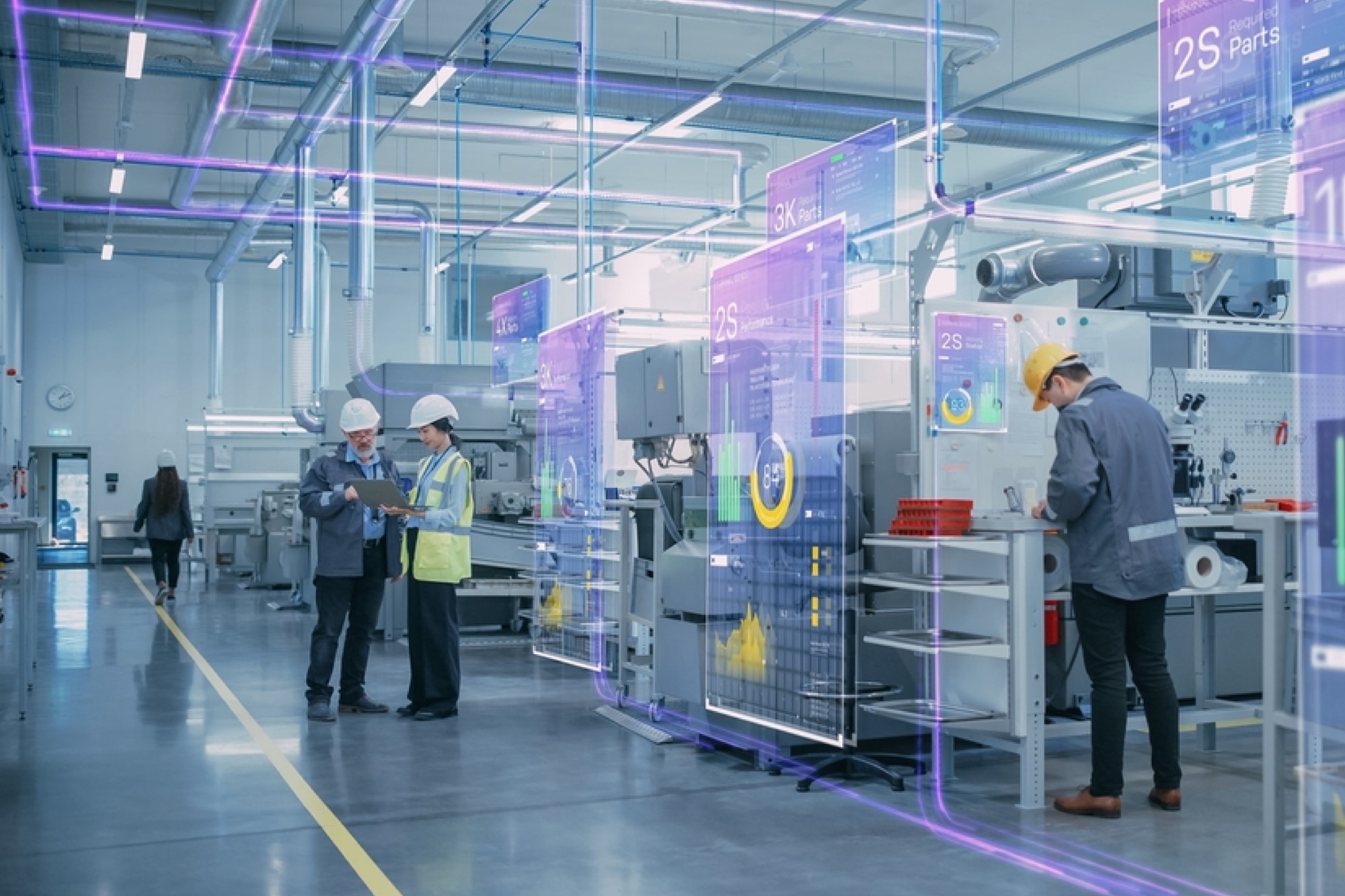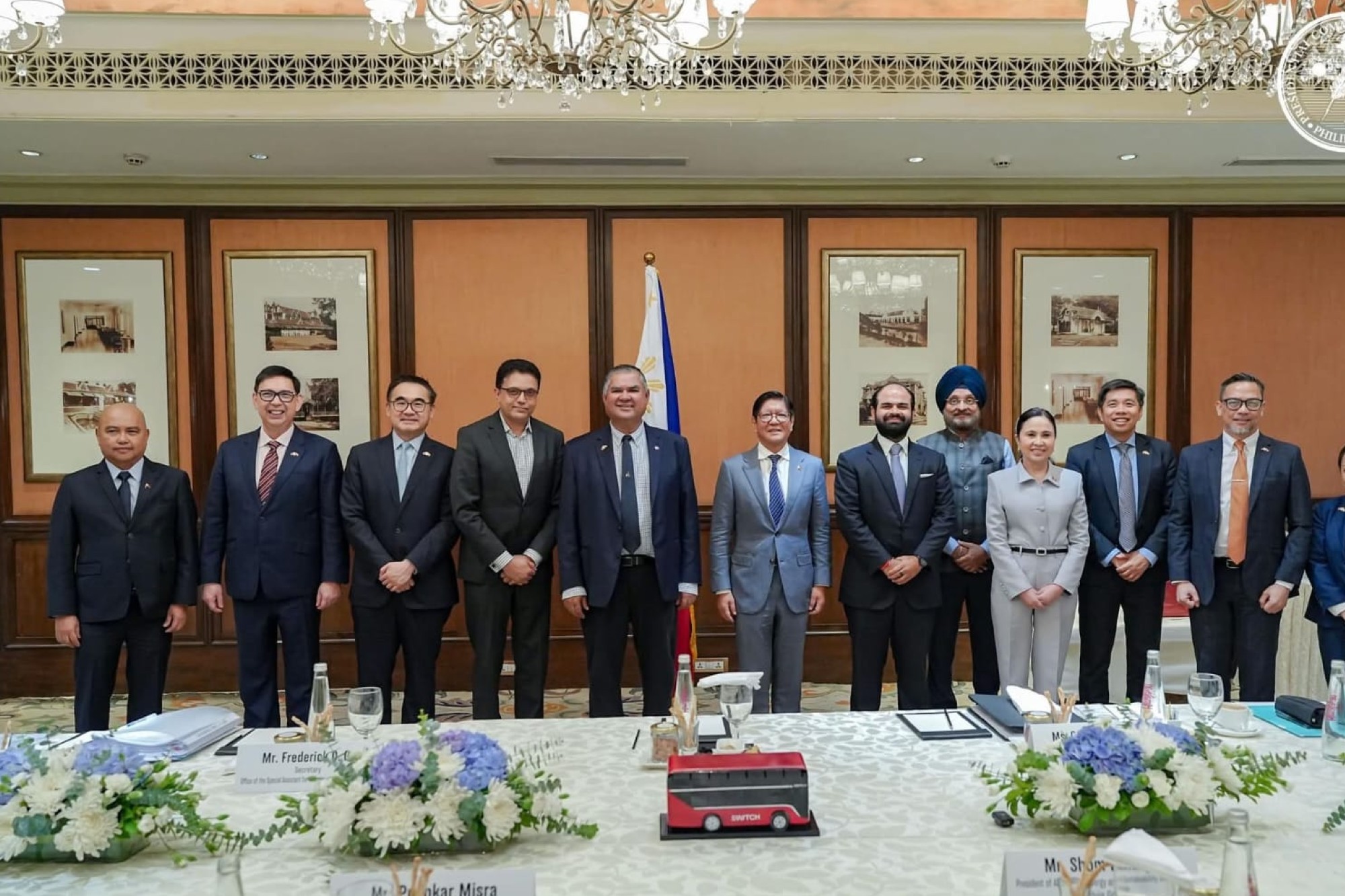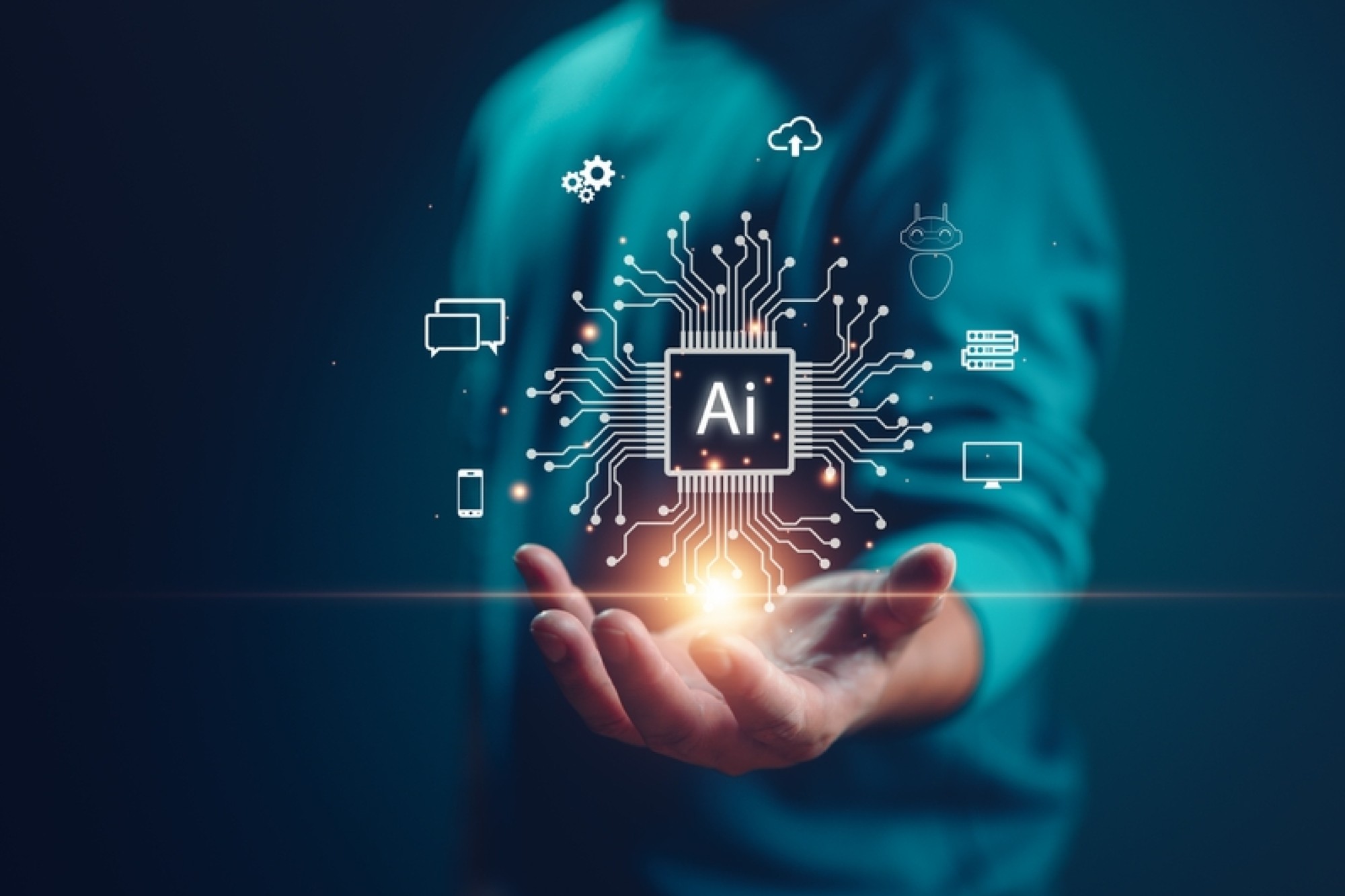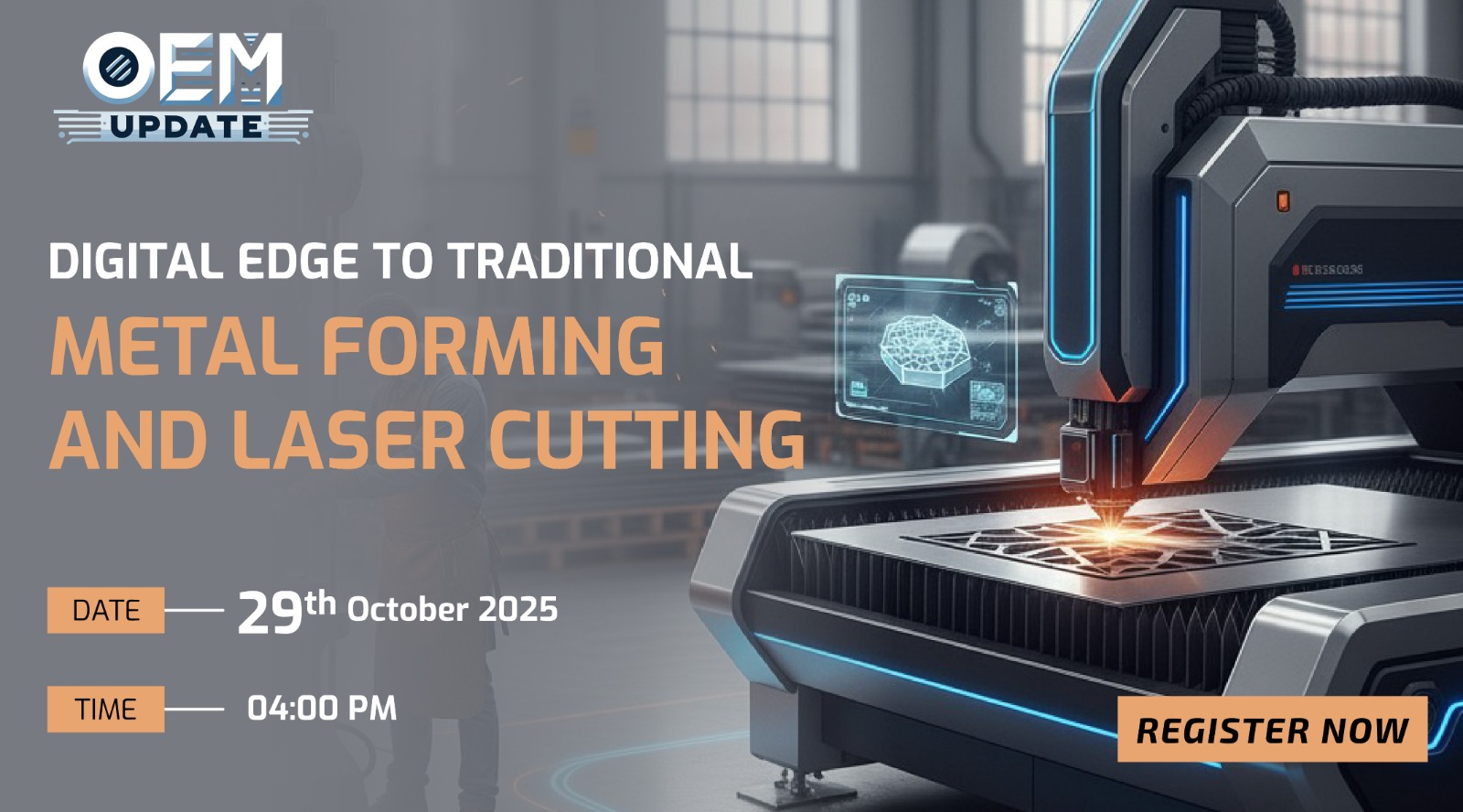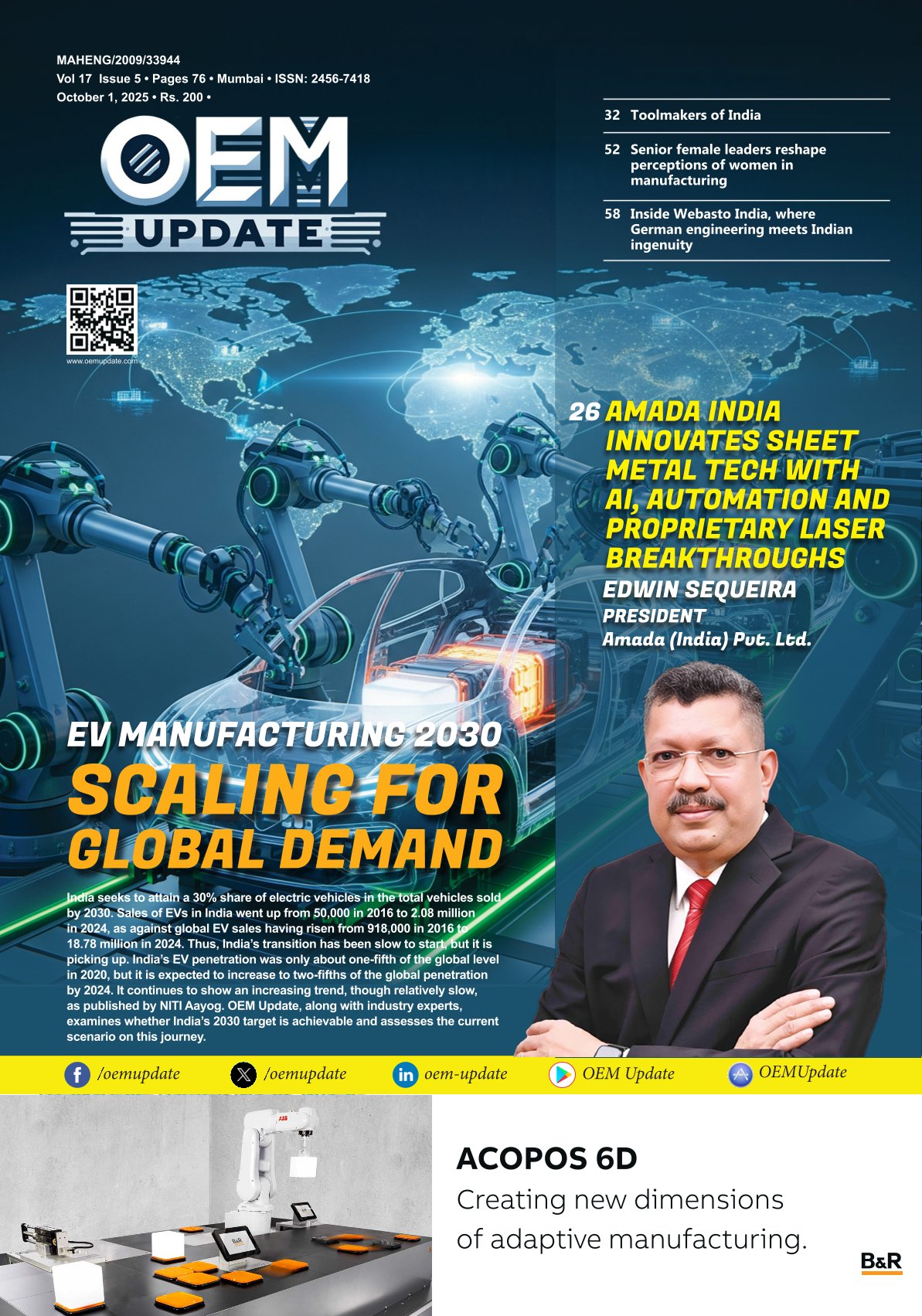Addressing IIoT challenges through protocol conversion
By admin February 12, 2016 4:21 pm IST
Protocol conversion is a key first step in solving the multi-vendor and legacy equipment challenge
The Internet of Things (IoT) is a hot topic in the press today that is stealing many headlines. The reason for all this attention comes from the rapid growth expected in the IoT world. According to Berg Insight, the number of wireless IoT devices in automation networks is now forecast to grow at a compound annual growth rate (CAGR) of 27.2 percent to reach 43.5 million by 2020. However, the Industrial Internet of Things (IIoT) is more of a near-term reality, and many industrial firms are striving to take advantage of its benefits. There are many different terms for IIoT, including Industry 4.0. and the Connected Factory. Whatever you choose to call it, how can you take steps to “get in the game” with IIoT?
The Challenge – IIoT ReadinessOne might wonder how to get started with IIoT, especially when you look out at your organisation and see equipment from different manufacturers that is 5, 10 or 20 years old (or more). How can you solve the challenges of being IIoT “ready” when you use legacy devices to operate many of your processes? Replacing equipment is not an option because of cost and integration time. You need to find a way to not only protect your existing investment, but also make it compatible with more modern equipment. This may seem to some like a “best of both worlds” scenario.
The Answer – Protocol Conversion Protocol conversion is a key first step in solving the multi-vendor and legacy equipment challenge. Wikipedia describes a protocol converter as “a device used to convert a standard or proprietary protocol of one device to the protocol suitable for the other device or tools to achieve the interoperability.”
There can be many different devices on a manufacturing floor, with each one having its own protocol, so organisations can have a situation where you need to handle several different protocols in order to gather data. The ability to provide protocol conversion in a Human Machine Interface or other automation products across a multi-vendor environment is a great way to connect several different devices, with different protocols, and be able to aggregate that data collection.
Protocol conversion allows you to collect data from different devices and different protocols and “translate” those in a centralised device so that you can collect and compile data from all over the factory floor. Then, you can turn this information and data into useable, trend-related information and reports that help you to make informed decisions and do effective planning of your resources. Some refer to this as the mining and displaying of data for actionable intelligence, which gives you real-time visibility to help make operations more efficient.
Industrial environments are embracing newer communication infrastructures such as cellular M2M, Wi-Fi, Gigabit Ethernet, fibre and Power over Ethernet. These communication technologies help deliver and enable higher-bandwidth applications that bring more information and intelligence to manufacturing environments.
Monitor – using data to visualise processesProtocol conversion is also important for monitoring processes – collecting and analysing data to develop more efficient operations and reduce downtime. In particular, when protocol conversion is implemented in multi-vendor environments, customers can leverage visual management solutions to display Key Performance Indicators (KPIs) that can be used for tracking, assessing and analysing manufacturing processes. These performance measurements are commonly used to evaluate success in relation to goals and objectives. While KPIs tend to vary by organisation, common examples of KPIs in manufacturing include: count (good or bad), reject ratio, rate, target, Takt time, Overall Equipment Effectiveness (OEE) and downtime. Control – Increasing Operational Efficiencies.
Protocol conversion can help you integrate PLCs, PCs and SCADA systems to collect and process data in real-time to control devices and applications that directly affect operations. Exercising control over operations could mean such things as having the ability to turn legacy serial-connected equipment on or off, or open or close valves regardless of location.
In conclusion, addressing IIoT challenges through protocol conversion enables organisations to improve productivity and increase operational efficiencies through real-time device connection and data processing. With protocol conversion, you can get all of your devices – both legacy and new – communicating to provide a holistic environment view that allows you to plan more effectively and take action. By enabling disparate devices to communicate, you can now connect, monitor and control operations from a single platform. This type of data-driven monitoring and decision-making will get you on your way to IIoT readiness.
Authored by__
Jeff ThorntonRed Lion Director of Product Management
Cookie Consent
We use cookies to personalize your experience. By continuing to visit this website you agree to our Terms & Conditions, Privacy Policy and Cookie Policy.




